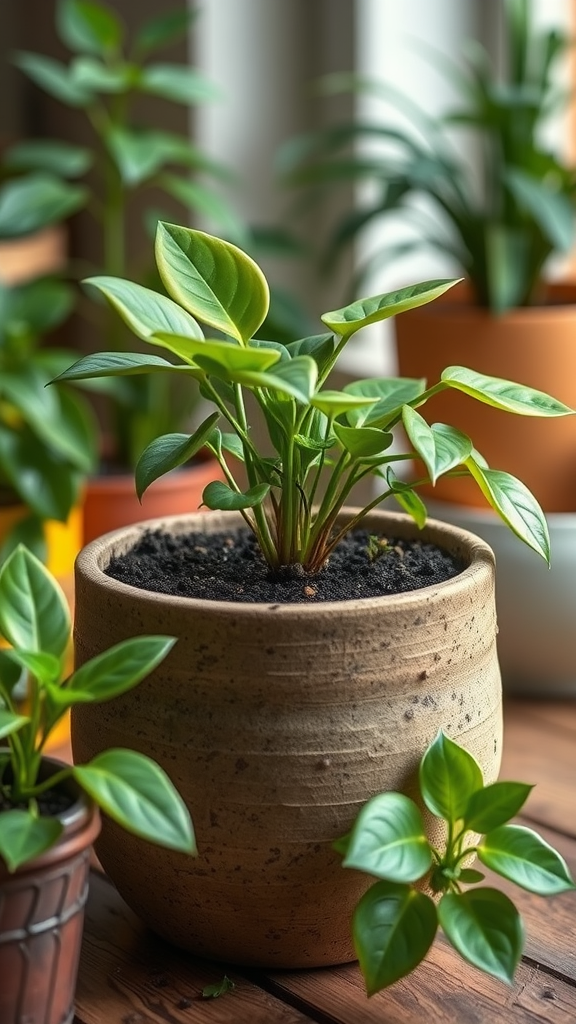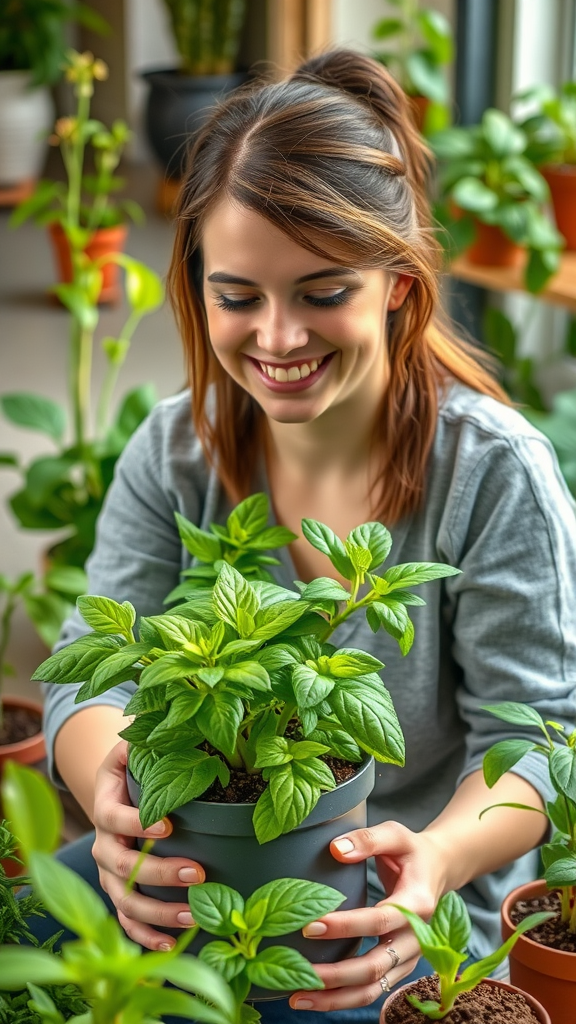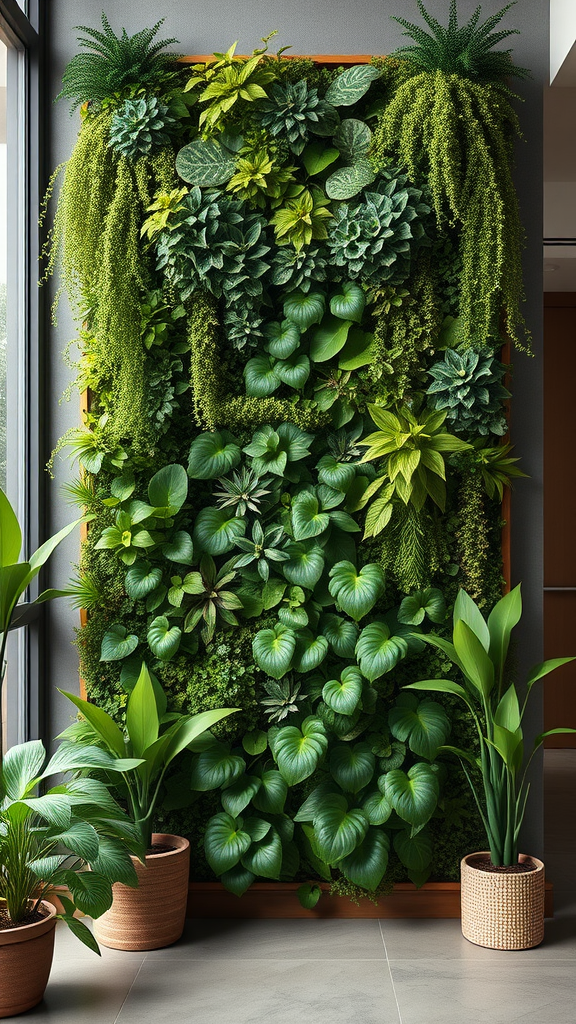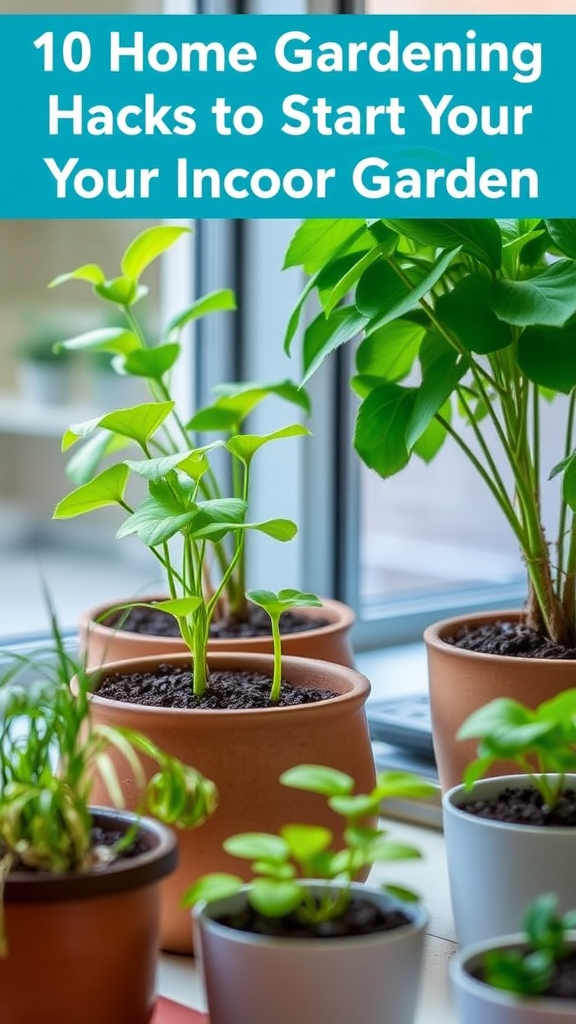Exploring the 10 Best Soil Options for Healthy Indoor Plants
Having healthy indoor plants starts with understanding the best soil options available to you. While plants may seem easy to care for, their soil plays a critical role in their health. Each type of indoor plant has unique needs, and having the right soil can make all the difference. Here’s a look at some of the top soil types ideal for a thriving indoor garden.
1. Potting Soil
Potting soil is a favorite among indoor gardeners. It’s specially formulated to retain moisture while providing good drainage. Most potting mixes contain a blend of peat moss, vermiculite, and perlite. This mixture helps aerate the soil while still holding nutrients. If you have a variety of indoor plants, potting soil is a versatile choice.
2. Cactus Soil
For those who love succulents and cacti, cactus soil is a perfect fit. This soil is designed to drain quickly and prevent root rot. It usually consists of sand, perlite, and a small amount of organic material, ensuring that your cacti get the right balance of moisture without becoming waterlogged. If you want healthy, happy desert plants, choose cactus soil.
3. Orchid Bark
Orchids have specific needs that ordinary soil cannot meet. Orchid bark is coarse and allows air to circulate around the roots. This soil is made from aged-tree bark and is essential for growing healthy orchids indoors. It retains slight moisture while still promoting excellent drainage. If you’re an orchid lover, this is your go-to option.
4. Seed Starting Mix
If you’re starting plants from seeds, a seed starting mix is your best bet. This soil is light and fluffy, allowing for easy germination. Typically comprised of peat moss and vermiculite, it provides a sterile environment free of pests and pathogens. Using this mix boosts your chances of growing strong, healthy seedlings.
5. All-Purpose Indoor Mix
An all-purpose indoor mix is just that—designed for a variety of plants. It’s often a blend of potting soil, compost, and other organic materials. This type of soil provides balanced drainage and nutrient retention. It’s ideal for beginners who want to care for different plants without having to switch soils frequently.
6. Peat-Free Mix
For environmentally conscious plant lovers, peat-free mix offers a sustainable alternative to traditional potting soil. Made from coconut coir, compost, and bark, this mix retains moisture and encourages healthy root growth. Many indoor plant enthusiasts are switching to peat-free options to reduce their environmental impact.
7. Hydroponic Growing Medium
If you’re interested in soil-less gardening, consider hydroponic growing mediums like rock wool or hydroton. These substances support plant roots while providing essential aeration and drainage. Hydroponics is growing in popularity among indoor gardeners who want to maximize space and efficiency.
8. Worm Castings
Worm castings are an excellent addition to your indoor plants. They enrich your soil with nutrients while improving its structure. You can mix worm castings into your existing soil or use them as a top dressing. This organic fertilizer encourages healthy plant growth and boosts overall soil health.
9. Bonsai Soil
Bonsai trees require a unique blend of soil that promotes well-draining yet moisture-retaining properties. Bonsai soil typically includes akadama (a type of clay), sand, and organic materials. This specialized soil helps bonsai thrive while maintaining their delicate balance between moisture and air circulation.
10. Custom Mixes
Consider creating your custom soil mix based on your specific planting needs. By combining various components like peat moss, perlite, vermiculite, and compost, you can tailor the ideal mix for your indoor plants. Just ensure the combination provides balanced drainage and enough nutrients for growth.
Choosing the right soil can be just as important as selecting the right plant. Different soils support various needs, enhancing the health of your indoor plants and making them flourish. With the right knowledge, you can create a vibrant indoor garden that brings joy into your home.
Key Factors to Consider When Choosing Indoor Plant Soil
When it comes to nurturing indoor plants, choosing the right soil is as important as selecting the right plant. The soil you use will influence your plant’s growth, health, and overall appearance. Here are key factors to consider ensuring that your indoor plants thrive.
Drainage
Good drainage is essential for indoor plants. Waterlogged soil can lead to root rot and other issues. When selecting soil, look for options that allow excess water to escape easily. A soil mix with perlite, vermiculite, or sand improves drainage significantly. You can do a quick drainage test by pouring water through the soil and observing how quickly it drains. If it takes a long time, consider switching to a mix designed for better drainage.
Nutrients
Plants need more than just a substrate to grow; they require essential nutrients. When choosing soil, consider its nutrient content. A high-quality potting mix often contains fertilizers or organic matter that provides the necessary nutrients for healthy growth. Look for soil labeled as “ nutrient-rich” or “enriched” for an effective option. Regularly supplementing your plants with liquid fertilizer can also maintain nutrient levels as the soil depletes over time.
pH Level
The pH level of your soil can greatly affect plant health. Most indoor plants prefer a slightly acidic to neutral pH range (around 6.0 to 7.0). You can test the pH level of your soil using a pH meter or test strips. If your soil is too acidic, consider adding lime to raise the pH, and to lower it, opt for sulfur or peat moss. Knowing the pH needs of specific plants will help you make informed soil choices.
Texture
The texture of the soil determines how well it retains moisture and air. Soils that are too dense might suffocate roots, while very coarse soils may not hold enough water. A good potting mix typically combines peat moss, coconut coir, and various types of aggregates to achieve the right balance. For plants that need more moisture, look for a soil with a finer texture, while cacti and succulents prefer a coarser mix.
Organic vs. Synthetic
Choosing between organic and synthetic soil is crucial. Organic soils are made from natural materials and often provide the most balanced nutrient profile. They are also environmentally friendly, promoting healthy microorganisms essential for plant growth. Synthetic soils might provide quick nutrient access, but they may lack some beneficial characteristics found in organic options. Consider your gardening philosophy and choose what aligns best with your values.
Specific Plant Needs
Different types of indoor plants thrive in different soil types. Cacti and succulents require sandy, fast-draining soil, while tropical plants benefit from a moisture-retaining mix. Research the specific requirements for your plants before selecting soil. Many gardening centers offer specialized mixes for specific plant types, making your selection process easier.
Preparation and Mixing
Even after choosing a soil type, preparation plays a vital role. Sometimes you may need to mix different soil types to create an ideal blend for your plants. Mixing potting soil with extra perlite or sand can increase drainage, while adding compost can enhance nutrient density. Always ensure your mixture promotes the health and growth of your specific plants.
Price and Quality
While it might be tempting to go for the cheapest option, it’s often worth investing in high-quality soil. Cheaper soils may not provide adequate nutrients or may contain harmful pests. Read reviews and testimonials to ensure the brand you choose has a good reputation. Spending a little more upfront can pay off in healthy, thriving plants over time.
When selecting soil for your indoor plants, remember these factors: drainage, nutrients, pH level, texture, the organic versus synthetic debate, specific plant needs, and overall quality. By paying attention to these characteristics, you can create the perfect environment for your indoor plants, bringing them to life with vibrant colors and lush growth.
Remember, healthy indoor plants start with the right soil, so consider these factors carefully and enjoy the beautiful results!
Conclusion
Choosing the right soil for your indoor plants is vital to their overall health and growth. With the ten best soil options highlighted, you now have a great starting point to ensure your plants thrive. Each type of soil has unique properties that cater to different types of plants, so understanding these options is key to nurturing your greenery successfully.
It’s essential to consider factors such as drainage, aeration, and nutrient retention when selecting your soil. For instance, succulents require well-draining mixes, while tropical plants thrive in moisture-retentive soils. Paying attention to these details will not only help prevent common issues like root rot but also enhance the vitality of your indoor garden.
Remember to keep an eye on the specific needs of each plant species. Some may prefer a mix with added organic material for enhanced nutrients, while others might require a lighter, more airy composition. Experimenting with different soil types can also lead to discovering what works best for your plants, encouraging them to flourish in their indoor environment.
As you embark on this journey to cultivate a thriving indoor plant collection, armed with the knowledge of suitable soil options and considerations, you can watch your plants grow healthy and beautiful. With the right soil, your indoor space will not only feel more inviting but will also provide natural air purification and aesthetic appeal—all thanks to the healthy life you’ve nurtured indoors. Happy planting!




